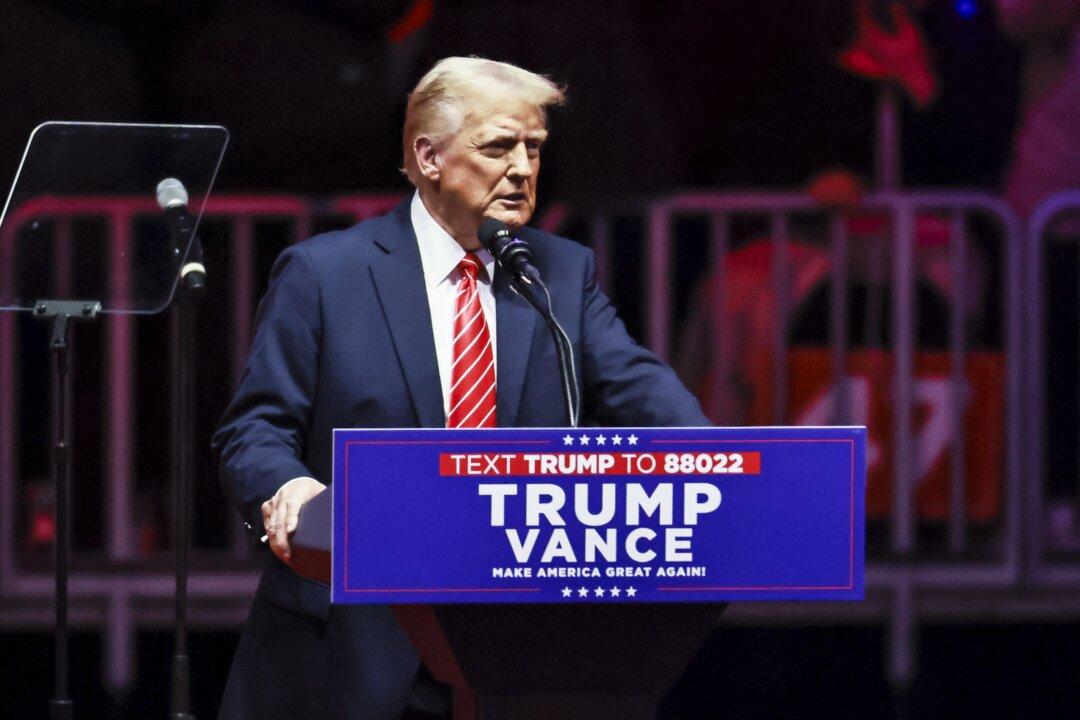An anonymous whistleblower whose complaint prompted an impeachment inquiry misled the Intelligence Community Inspector General (ICIG) about his or her communications with Congress, according to a source familiar with details of the complaint.
The source told The Epoch Times that the whistleblower didn’t check the box on the application that asks to disclose whether he or she has previously communicated the allegations to “Congress or congressional committees.”
Not checking the box is misleading, if not outright false, since House Intelligence Committee Chairman Adam Schiff (D-Calif.) admitted that his staff had communicated with the whistleblower prior to the filing of the complaint.
The misleading answer on the application may put the whistleblower in legal peril since the application form prompted the complainant to certify “that all of the statements made in this complaint (including any continuation pages) are true, complete, and correct to the best of my knowledge and belief.” The punishment for making a “false statement or concealment of a material fact” is “a fine of up to $10,000, imprisonment for up to five years, or both,” the application states.
The whistleblower’s attorney, Mark Zaid, didn’t respond to a request by The Epoch Times for comment. The ICIG declined to comment.
The news that Schiff’s staff spoke to the whistleblower was first reported by The New York Times. The revelation drew criticism from Republicans because Schiff lied about the issue on television. According to Rep. Devin Nunes (R-Calif.), the ranking Republican of the House Intelligence Committee, Schiff also failed to notify the committee.
Schiff’s issues don’t end at concealing his office’s communications with the whistleblower. Schiff drew ire when he fabricated portions of the Trump–Zelensky transcript. Schiff’s fabrications aligned with media allegations, which the actual transcript debunked. The lawmaker lied that Trump directed Zelensky to “make up dirt on my political opponent” a total of “seven times.” The congressman later claimed he invented portions of the transcript “in parody.”
“Rep. Adam Schiff fraudulently read to Congress, with millions of people watching, a version of my conversation with the President of Ukraine that doesn’t exist,” Trump wrote on Twitter. “HE WAS DESPERATE AND HE GOT CAUGHT.”
In the complaint, the whistleblower alleged that President Donald Trump pressured the leader of Ukraine in a July 25 call to investigate former Vice President Joe Biden. The complainant claimed that Trump’s request amounted to a violation of campaign-finance law. The Justice Department reviewed the complaint and determined that no further action was necessary.
House Speaker Nancy Pelosi (D-Calif.) nonetheless launched an impeachment inquiry the day before the White House released the transcript of Trump’s call and two days before the House Intelligence Committee released the whistleblower’s complaint.
The form filled out by the whistleblower has already been the subject of scrutiny, prompted by an updated version of the form being posted on the ICIG website in August, around the time the whistleblower filed his or her complaint. The updated form notably omits a section warning potential whistleblowers that first-hand information is required to file a complaint. The vast majority of the whistleblower’s complaint consists of second-hand information.





